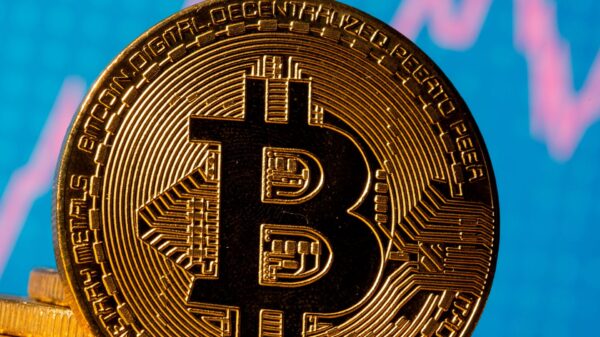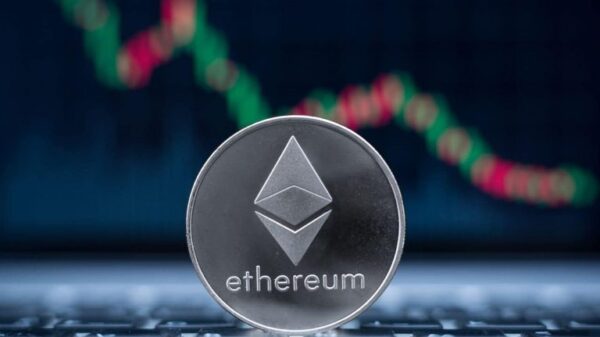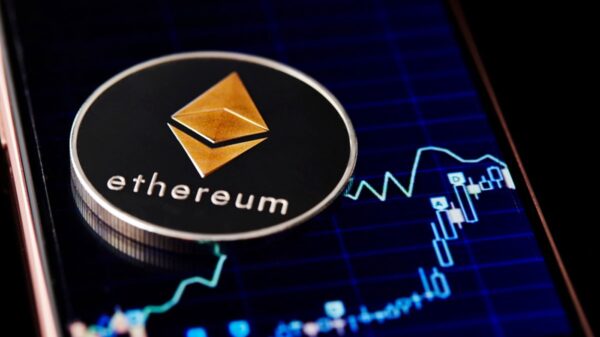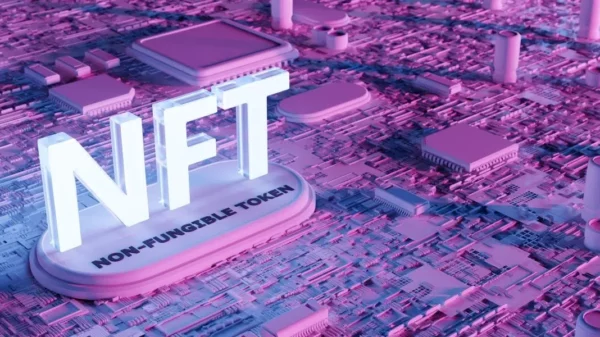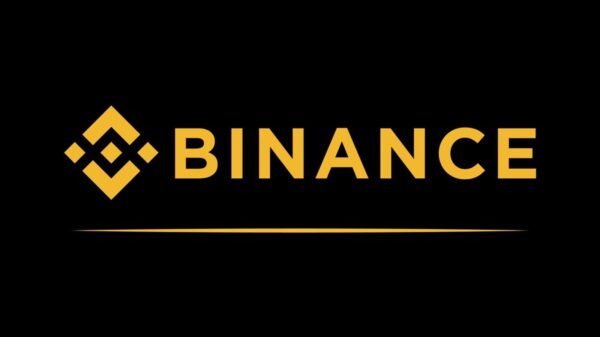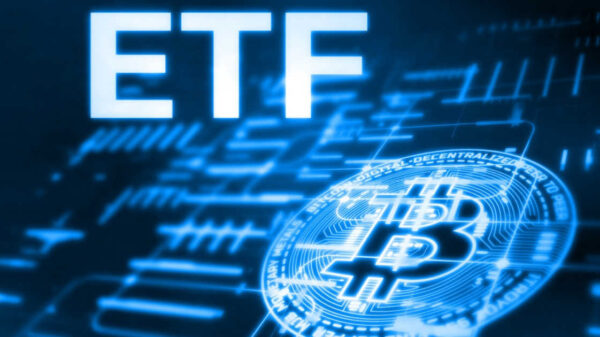Until recently, the manipulable “market cap” was nearly all investors had to go on when measuring the relative value of digital assets. More sophisticated yardsticks are emerging.
Pop quiz: If Bank of America stock is trading at $39, and Wells Fargo’s shares are changing hands at $47, which one is cheaper?
If you automatically answered “duh, B of A, it has a lower price,” without asking for more information, please do not start buying cryptocurrency. (Or stocks.)
This column originally appeared in Crypto Long & Short, CoinDesk’s weekly newsletter featuring insights, news and analysis for the professional investor. Sign up for Crypto Long & Short here.
As sophisticated investors – who make up the majority of this newsletter’s readers – know, determining the relative value of different assets isn’t as simple as comparing their prices. To suss out whether B of A is really a bargain compared with Wells, you would probably start by considering their prices in light of the companies’ profits.
According to Bloomberg data, at the Thursday closing levels quoted above, B of A had a price-to-earnings (P/E) ratio of 12.66, a tad higher than 12.48 for Wells, suggesting that the market values them roughly the same.
Another tried-and-true measure of relative value is how a company’s stock price compares to the sum of its assets minus its liabilities. By this measure, B of A has a price-to-book value ratio of 1.3, slightly above the 1.1 for Wells.
Again, the above is probably old hat for most “Crypto Long & Short” subscribers. But if you find it too abstract, consider this: Arnold Schwarzenegger in his prime weighed 230 pounds. That does not mean he was “fatter” than John Belushi at 222 pounds. For a more meaningful comparison, you would have to divide weight by height (body mass index), or ignore the scale altogether and measure the circumference of their forearms, wrists, hips and waists (body fat percentage). Or, you know, just look at the two of them side by side.
What I’m getting at is that numbers in a vacuum don’t tell you much without context.
A big challenge for investors in cryptocurrency is that the market has only started to develop anything like P/E for comparing the relative valuation of different digital assets. For most of this asset class’s history, market capitalization, a classic yardstick from the equity market awkwardly applied to a whole new type of instrument, was nearly all investors had to go on.
As CoinDesk Chief Content Officer Michael J. Casey has noted, market cap is subject to manipulation and, more distressingly, it implies that crypto – ostensibly an improvement over legacy money – is simply a means to get rich in dollars, encouraging shameless promotion over dutiful programming.
Dog days
A few months ago, when the markets were getting hot, I started to worry that new retail investors were succumbing to “unit bias” – for example, thinking, “Well, if dogecoin is trading in cents compared to tens of thousands of dollars for BTC, DOGE must be cheaper.” Old hands in this sector knew that BTC had way more computing power securing its network (hashrate) and that its software had been maintained much more assiduously than dogecoin’s (development activity), not to mention that bitcoin had been around longer and had a larger community of users (network effect).
All of these factors went a long way toward supporting the price gulf between the mother of all cryptocurrencies and its third-generation canine copy. But I knew no shorthand vocabulary to express this – no simple gauge that might have dissuaded hapless newcomers from risking their life savings on an asset propelled mainly by memes and celebrity endorsements.
At first, I thought, why not take a page from the equity analysts and talk about price/hashrate? I asked around and there were (at least) two valid objections.
One, dogecoin uses a different hashing algorithm (Scrypt) than bitcoin (SHA-256). But perhaps more importantly, as Castle Island Ventures’ Nic Carter pointed out in an episode of his podcast, bitcoin’s hashrate is so much higher than that of any other coin that uses the proof of workconsensus model that any incremental decrease in bitcoin’s hashrate or incremental increase in another network’s hashrate makes scant difference.
coindesk








